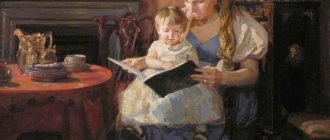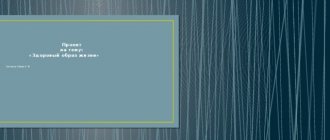History of the emergence and development of painting
The history of painting dates back to the time when a person first depicted something on a surface using paint. This happened, according to scientific data, 40-12 thousand years ago, during the Late Paleolithic era. This is evidenced by preserved rock paintings in caves in the territories of Southern France, Northern Spain and other countries.
The drawings were made using earthen paints, the color of which varied depending on the impurities in the soil. For example, the natural yellow pigment ocher was “found” where the iron content was high. The oxidized metal gave the earth a characteristic rusty tint. Brown, brown, greenish dye, known as umber, was found in soils rich in manganese oxides. They did not disdain charcoal and soot.
The pigment was applied to the walls of the caves using pieces of fur, split sticks, and fingers. Images of animals, and later of hunting scenes, turned out to be expressive and truthful, despite the lack of a compositional element. The first depicted human figures appeared in the 8th-4th centuries. BC. The range of colors became wider thanks to the appearance of pigments obtained by grinding variegated minerals (lapis lazuli, cinnabar) into powder. At the same time, in the Neolithic era, casein, albumin, gum resins and other binders appeared. Mixing them with multi-colored stone flour produced paints of varying consistency.
In the ancient period, “rock” painting was already at a higher level. Associated, as a rule, with the funeral cult, it was of a narrative nature. A compositional plot emerged: the relationship and arrangement of human figures indicated the existing hierarchy from master to slave; everyday, battle scenes told about the vicissitudes of life of people of that era.
From antiquity to the present day
The art of rendering chiaroscuro belongs to the ancient Greeks, who made great progress in the direction of realistic painting. However, the popularity of monumental works filled with volume and sensuality quickly faded, giving way to vase painting. But the new technique was loved by the Romans, who had a passion for decorating interiors. In highly artistic wall paintings, the use of aerial and linear perspectives can be traced.
Painting in the Middle Ages acquired a religious character. Artists no longer sought to depict reality on canvas. The transmission of spirituality became important. Even if the work was not an icon, it was still devoid of volume and perspective. The characters were located on one line and looked flat, primitive.
Everything changed with the advent of the Renaissance. Artists, following the mood in society, tried to guess fashionable trends in painting and follow them. Landscape and portrait became independent genres. New techniques have appeared. Everything looked orderly and noble until the 17th and 18th centuries, when the Catholic Church lost its former significance and power. Masters of painting, no longer fearing the Inquisition, began to paint the most truthful pictures, reflecting the true appearance of the people of that era, their everyday life.
During the same period, new styles were formed: Rococo, Baroque, Mannerism, Classicism. Romanticism also appeared, soon giving way to more spectacular and controversial impressionism. The history of painting underwent fundamental changes at the beginning of the 20th century. Abstractionism emerges - a direction designed to convey to the viewer the artist’s emotions, the state of his soul at the moment of creating the canvas.
There is no longer any need to write according to the canons. Artists strive for self-expression. Their imagination gives impetus to the emergence of new styles and their directions and branches. Despite this, even in the current 21st century, the love for classical painting remains in force.





